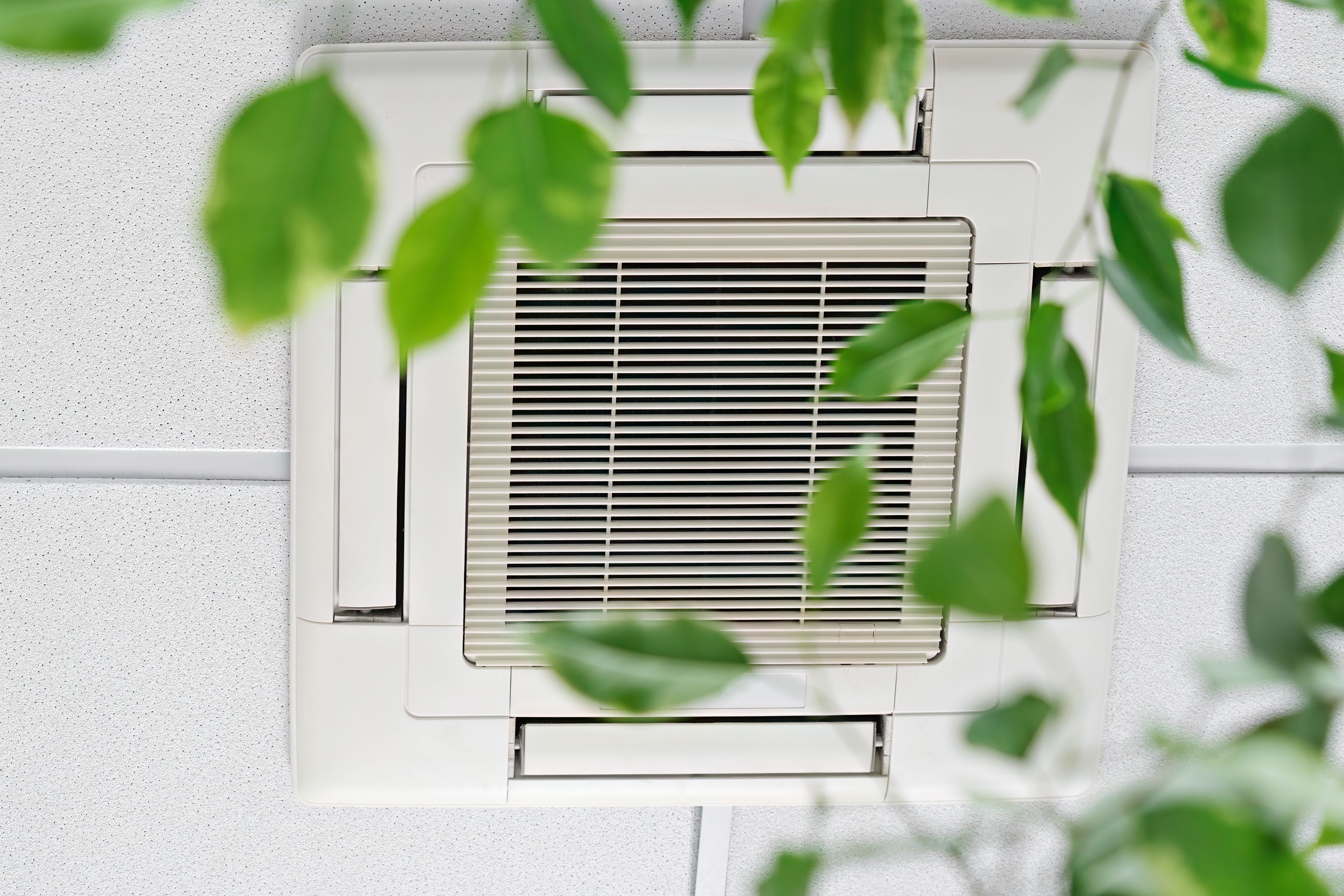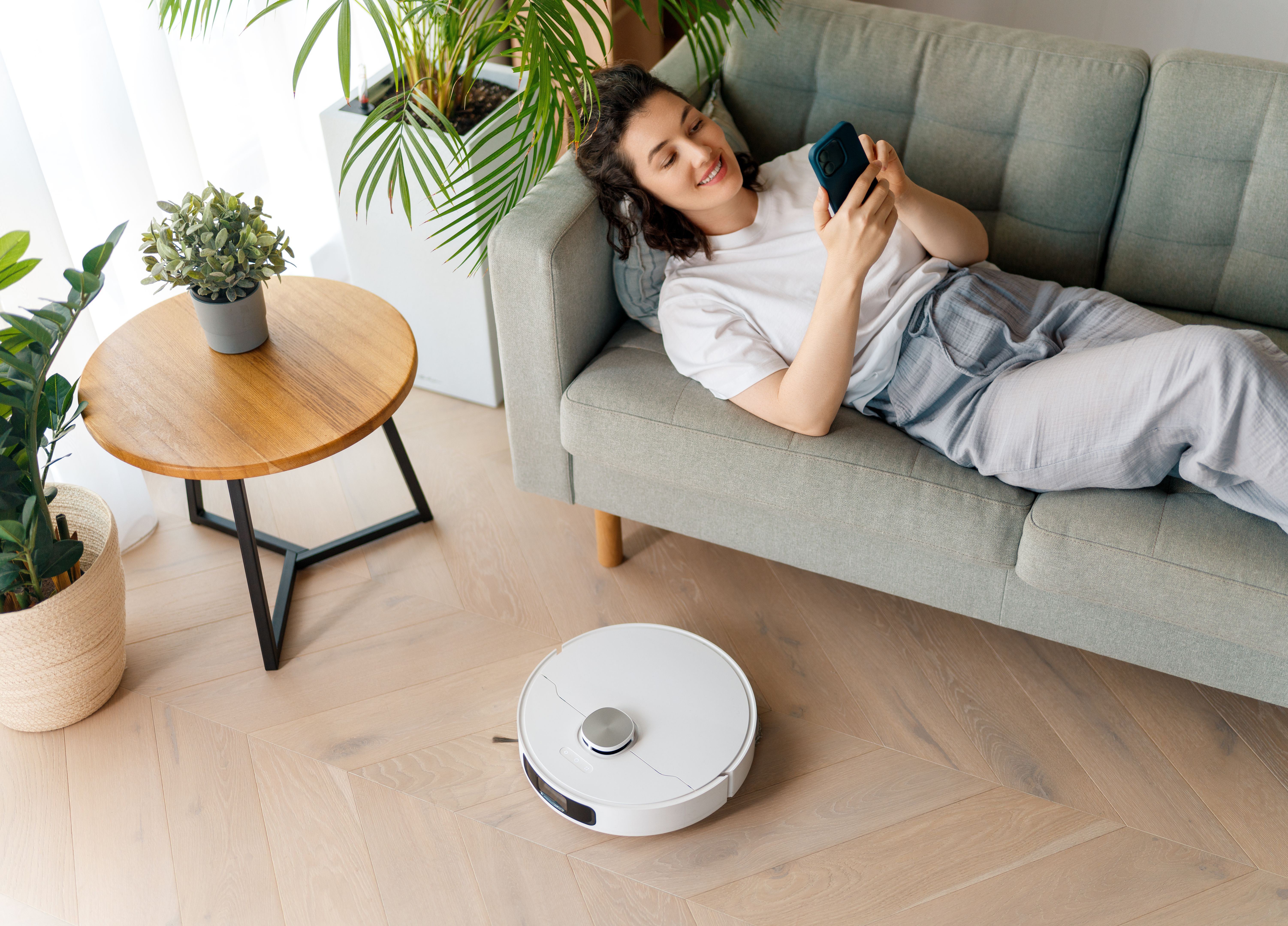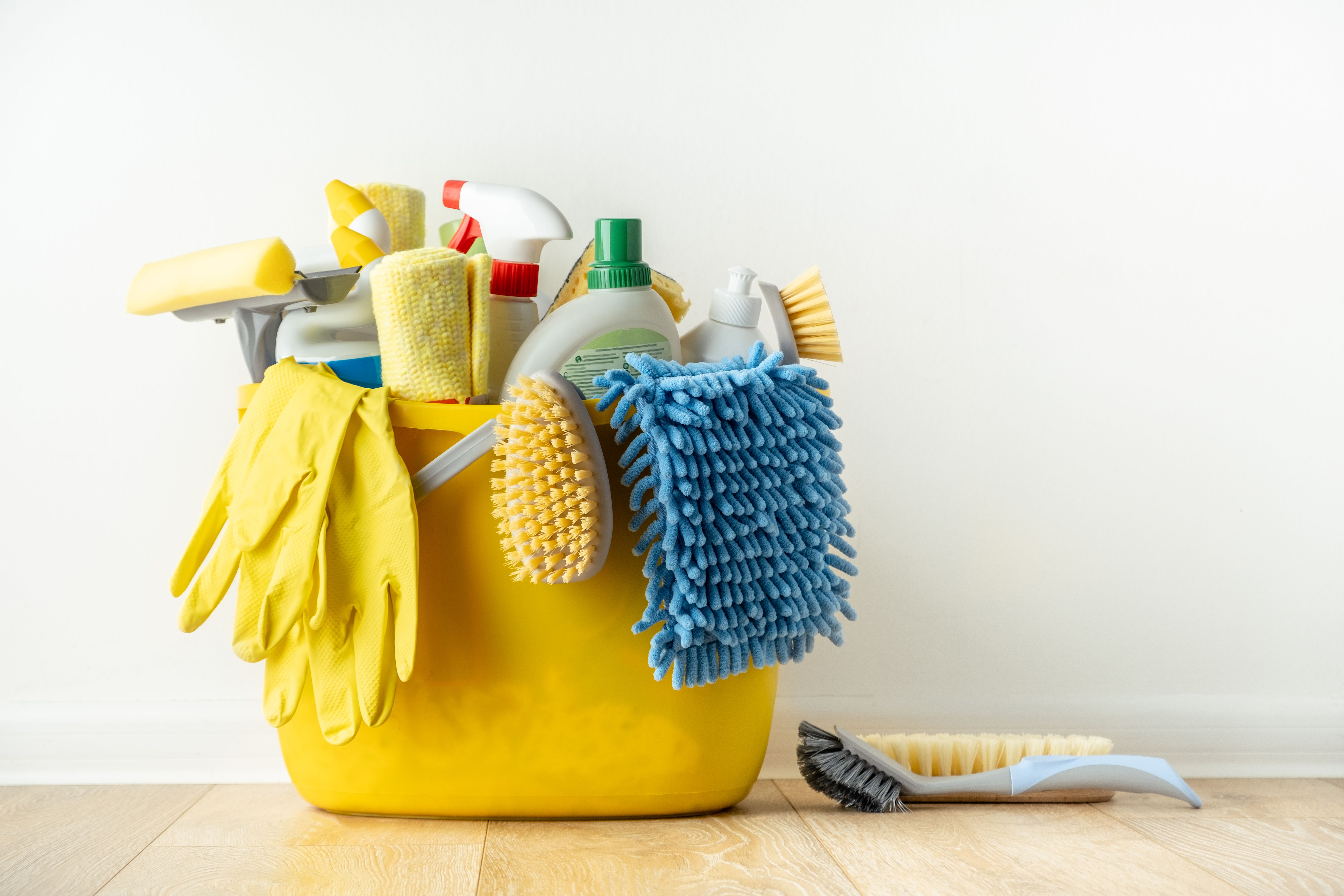Beginner's Guide to DIY Indoor Air Quality Improvement
Understanding Indoor Air Quality
Indoor air quality (IAQ) is a critical aspect of our health and well-being, yet it's often overlooked. Poor IAQ can lead to allergies, respiratory issues, and other health problems. Fortunately, improving your home's air quality doesn't require professional intervention. With some simple, DIY steps, you can breathe cleaner air.

Identify Common Pollutants
Before you can improve your IAQ, it's important to identify common indoor air pollutants. These include:
- Dust and Pet Dander: Often found in carpets and upholstery.
- Mold Spores: Thrive in damp areas like bathrooms and basements.
- Volatile Organic Compounds (VOCs): Emitted from paints, cleaning supplies, and synthetic materials.
Minimize Dust and Dander
One of the easiest ways to enhance your home's air quality is by minimizing dust and pet dander. Here are some tips:
- Vacuum Regularly: Use a vacuum with a HEPA filter to effectively capture dust and allergens.
- Wash Bedding Weekly: Regular washing can reduce dust mites.
- Groom Pets: Frequent grooming reduces shedding and dander.

Control Humidity Levels
Mold thrives in humid environments, making humidity control essential. Aim for a humidity level between 30% and 50% by:
- Using Dehumidifiers: Particularly in basements and bathrooms.
- Ventilating Rooms: Open windows or use exhaust fans to reduce moisture.
- Fixing Leaks: Repair any leaks promptly to prevent mold growth.
Reduce VOCs in Your Home
Volatile organic compounds (VOCs) can be harmful to your health. To reduce VOCs:
- Choose Low-VOC Products: Opt for paints and cleaning supplies labeled as low-VOC.
- Ensure Proper Ventilation: Increase airflow when using products that emit VOCs.
- Use Natural Alternatives: Consider natural cleaning products and air fresheners.

Incorporate Air-Purifying Plants
Plants are not just decorative but can also improve air quality. Some air-purifying plants include:
- Spider Plants: Known for removing pollutants like formaldehyde.
- Peace Lilies: Effective at reducing mold spores.
- Snake Plants: Excellent at filtering indoor air.
Regular Maintenance and Monitoring
Lastly, maintaining your air quality requires regular effort. Change air filters in your HVAC system every 3 months, and consider using an air quality monitor to keep track of your home's IAQ. This proactive approach ensures that you and your family can enjoy a healthier indoor environment.
